Affiliate links on Android Authority may earn us a commission. Learn more.
Do we really need more than three rear cameras on a smartphone?
Published onNovember 11, 2018
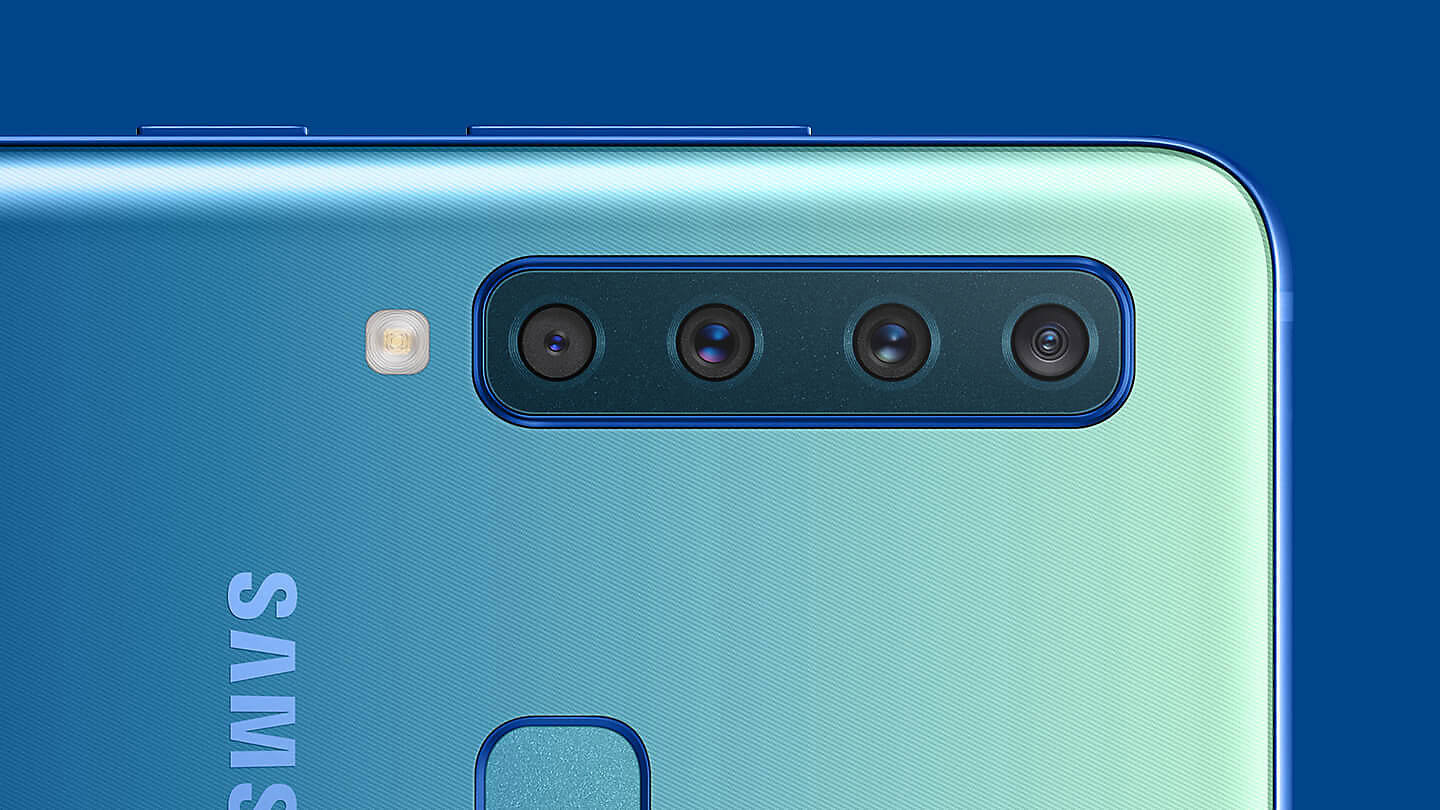
It seems like 2018 marked the start of the triple-camera smartphone, as Huawei and LG both issued unique rear camera setups.
Samsung decided three wasn’t enough, launching the quad-camera Galaxy A9 2018 last month. Adding a quad-camera setup to a non-flagship is certainly bold, but is it a harbinger of things to come?
What are dual-camera setups missing?
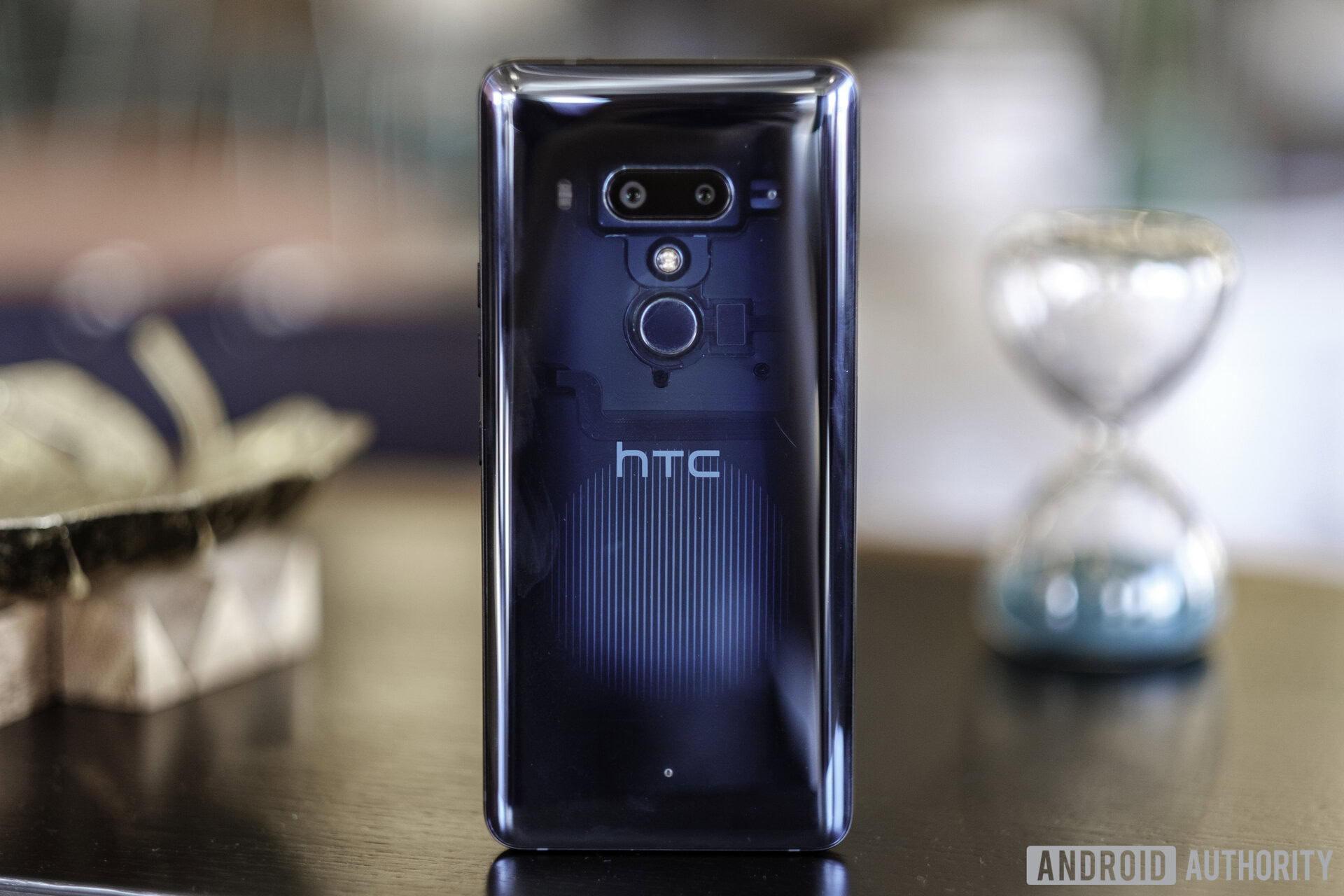
Dual-camera smartphones really only come in five types. They all feature a depth sensor, a telephoto camera, a super-wide angle camera, a monochrome camera, or a night-focused camera.
Phones with a telephoto, super-wide angle, monochrome or low-light secondary camera can generally gather depth information for portraits and other effects anyway, reducing the need for a dedicated sensor. We usually see depth sensors on cheaper phones, where phone manufacturers only want to enable depth effects on a budget.
By opting for a dual-camera setup, you’re clearly getting more flexibility than a single-camera setup. But the choice of secondary shooter is a difficult one.
You might want a wide-angle lens can cram more into a photo. Maybe you need a low-light camera so your nightclub shots look presentable. Maybe you just want better zoom. Whatever your needs, you can only choose one of these secondary cameras when you buy a dual-camera smartphone.
What if you add one more camera?
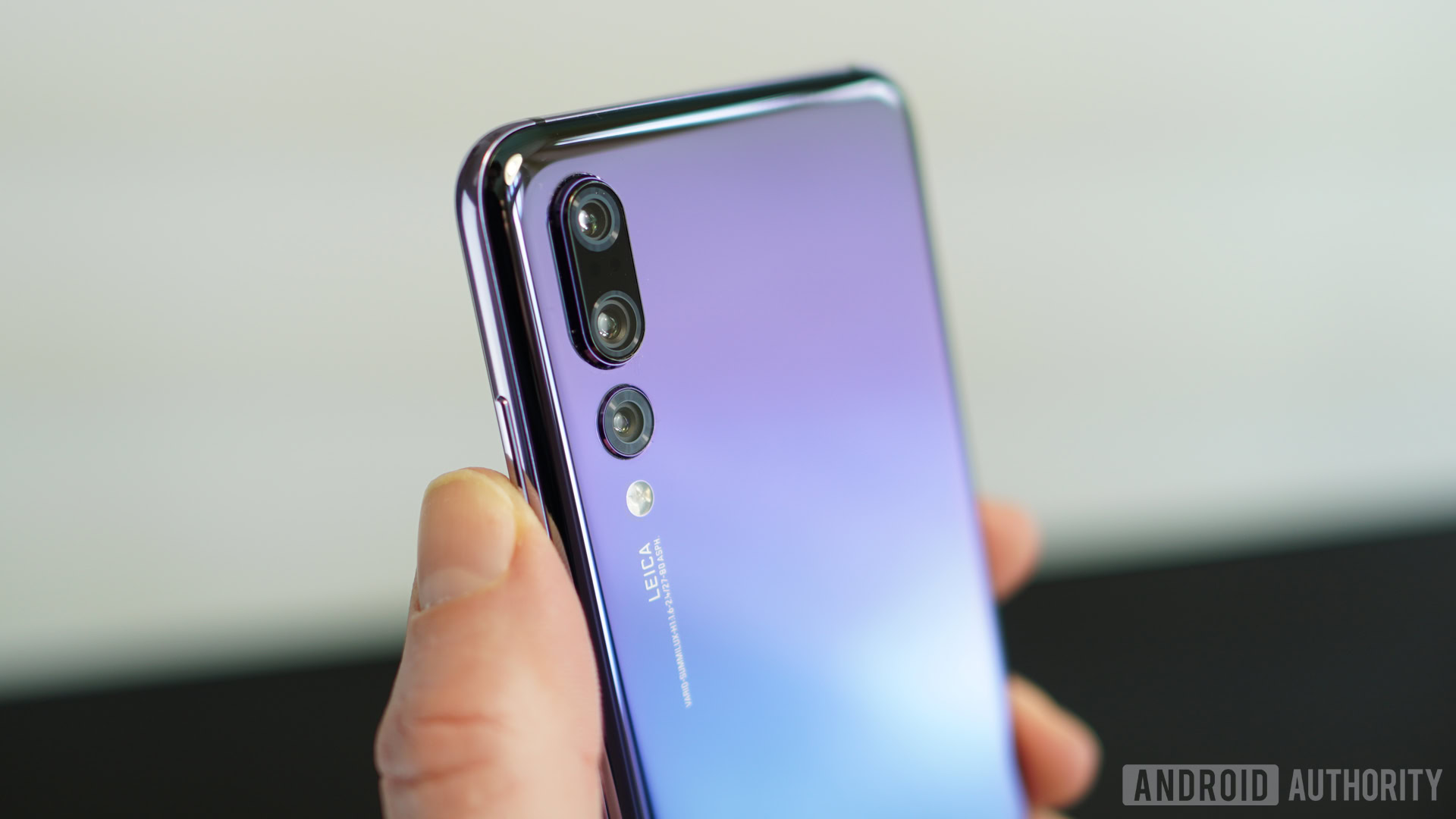
Moving to a triple-camera trio brings even more flexibility. Instead of only getting a telephoto camera or wide-angle snapper, you can potentially have both (in addition to your standard camera).
The P20 Pro was first to offer a triple-camera setup, using a 40MP main camera, an 8MP 3x telephoto zoom camera, and a 20MP monochrome snapper. The combination of lenses and smart software resulted in a phone with great low-light shots and top-notch zoom capabilities.
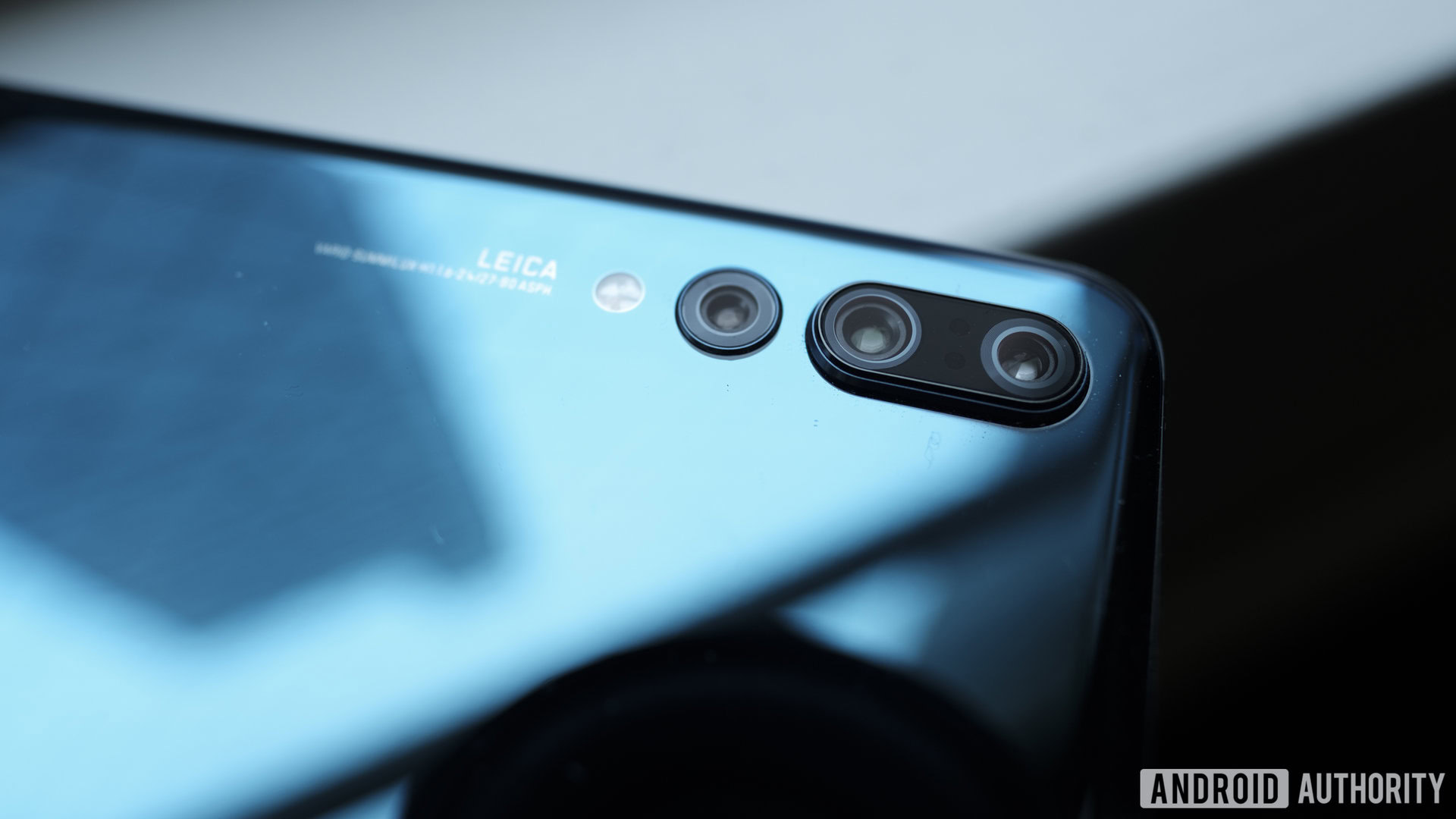
HUAWEI has long used the monochrome camera to improve low-light snaps, but it also used this camera to create better digital zoom (calling it hybrid zoom). Toss in the P20 Pro’s 3x telephoto camera and high-res 40MP shooter, and the phone can work its processing magic to get high quality 3x and 5x zoom.
The LG V40 went for a triple-camera setup with more versatility on paper. LG’s phone delivered a 12MP main camera, a 12MP 2x telephoto snapper, and a 16MP super-wide angle shooter. A solution like this means you have three drastically different perspectives in one phone, as seen below.
LG’s setup could be the definitive triple camera setup of 2018 and 2019, as the HUAWEI Mate 20 Pro offers the same combination. HUAWEI maintained the P20 Pro’s standard and telephoto cameras, but ditched the monochrome shooter for a 20MP super-wide angle camera. HUAWEI also managed to keep the P20 Pro’s great 3x and 5x zoom capabilities.
What about four rear cameras?
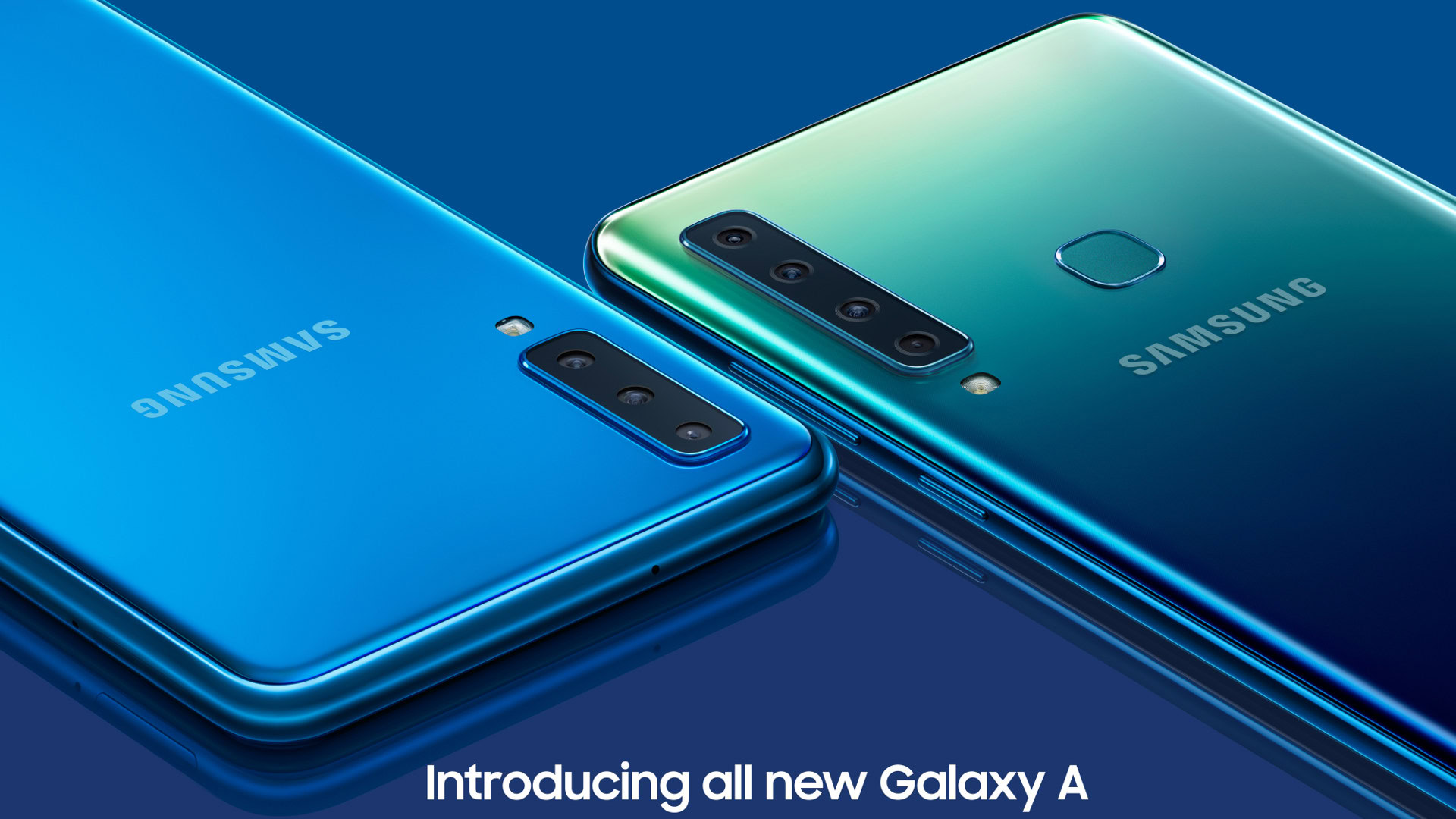
Samsung thought we could do with one more rear camera when it launched the Galaxy A9 2018 last month, offering a quad-camera setup. In addition to the expected standard, super-wide, and telephoto cameras, the Korean company tossed in a 5MP depth sensor.
It’s an interesting move, because super-wide and telephoto cameras can generally supply depth information anyway. In fact, the Galaxy Note 8, Galaxy S9 Plus, and Galaxy Note 9 can all create Live Focus images with the aid of a telephoto camera. This could be a case of a depth sensor being used to obtain even more detailed depth maps (for better portraits and bokeh effects).
The Galaxy A9’s quad-camera setup might not be the only solution, as other brands could conceivably swap out that depth sensor for a monochrome camera, a low-light camera or another telephoto snapper.
Is it a case of diminishing returns when you have more than three rear cameras on a smartphone though? It’s a little too early to say, but there is one major roadblock.
A question of space
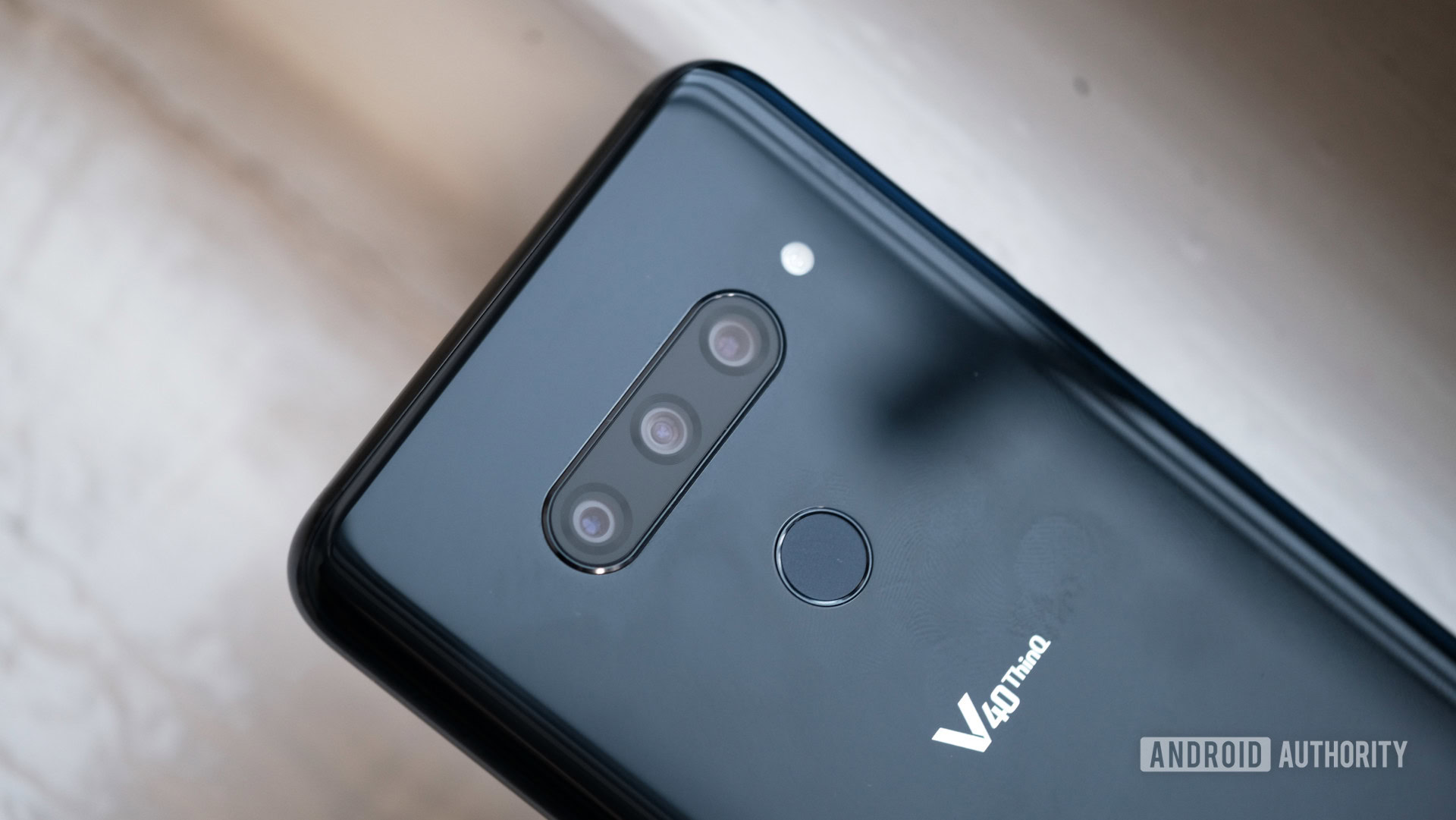
Unlike your bulky DSLR camera, smartphone cameras don’t have the luxury of space. Between the display, chipset, battery, and other components, there simply isn’t much wiggle room. Mobile image sensors are already super tiny as a result of these considerations, sucking in less light than much larger DSLR image sensors. This forces manufacturers to use smart image processing (such as image averaging) to close the gap with larger sensors.
Adding more cameras often means shrinking the image sensors down even more, shrinking other components, or completely redesigning the phone to accommodate the extra hardware. If you take the first route, even image processing tech might not be enough to make a difference. Shrinking the components could also have undesirable consequences, like shorter battery life (if that’s what you decide to shrink). Opt for a redesign and you might be left with a thicker device or an unsightly camera hump.
Read: Camera feature showdown — Google Pixel 3 vs HUAWEI P20 Pro
It’s not as if adding more cameras automatically improves photo quality, either. A brand with a reputation for rubbish camera quality will still be rubbish if they have a quad-camera phone — it’ll just take those rubbish photos from a variety of perspectives.
Nevertheless, in the current dual-camera era, manufacturers thought the benefits of the additional camera (flexibility and more data for image processing) outweighed these downsides.
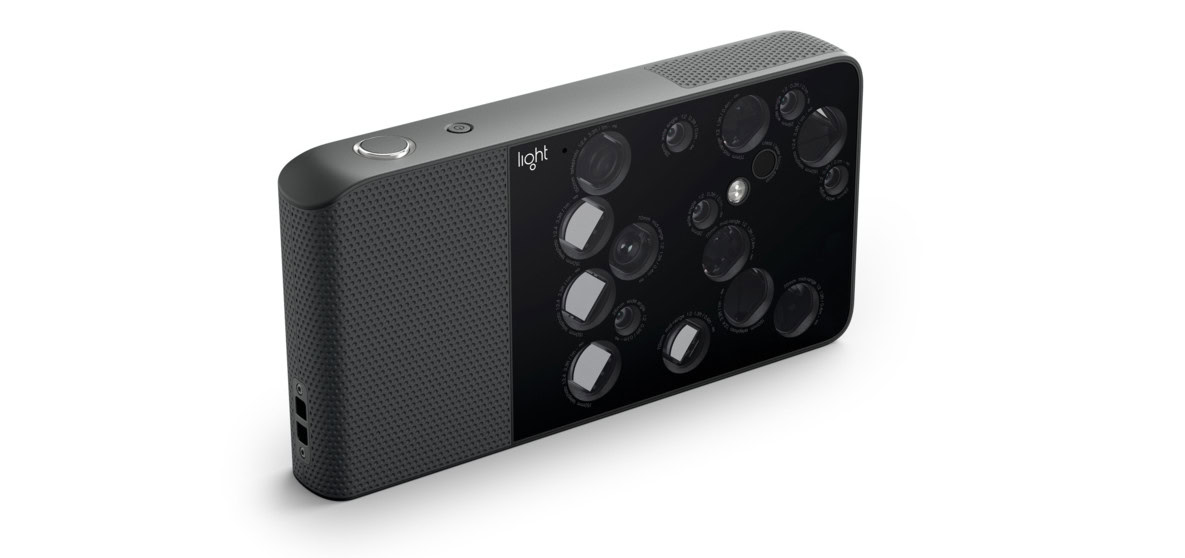
The big question, then, is when the negative start to outweigh the positives. We might have one example from the camera industry, called the Light L16 (seen above).
The L16 camera launched last year, offering 16 (!) cameras of varying focal lengths (from 28mm to 150mm). When working in concert, these cameras can deliver seamless zoom and 52MP shots. It all sounds great in theory.
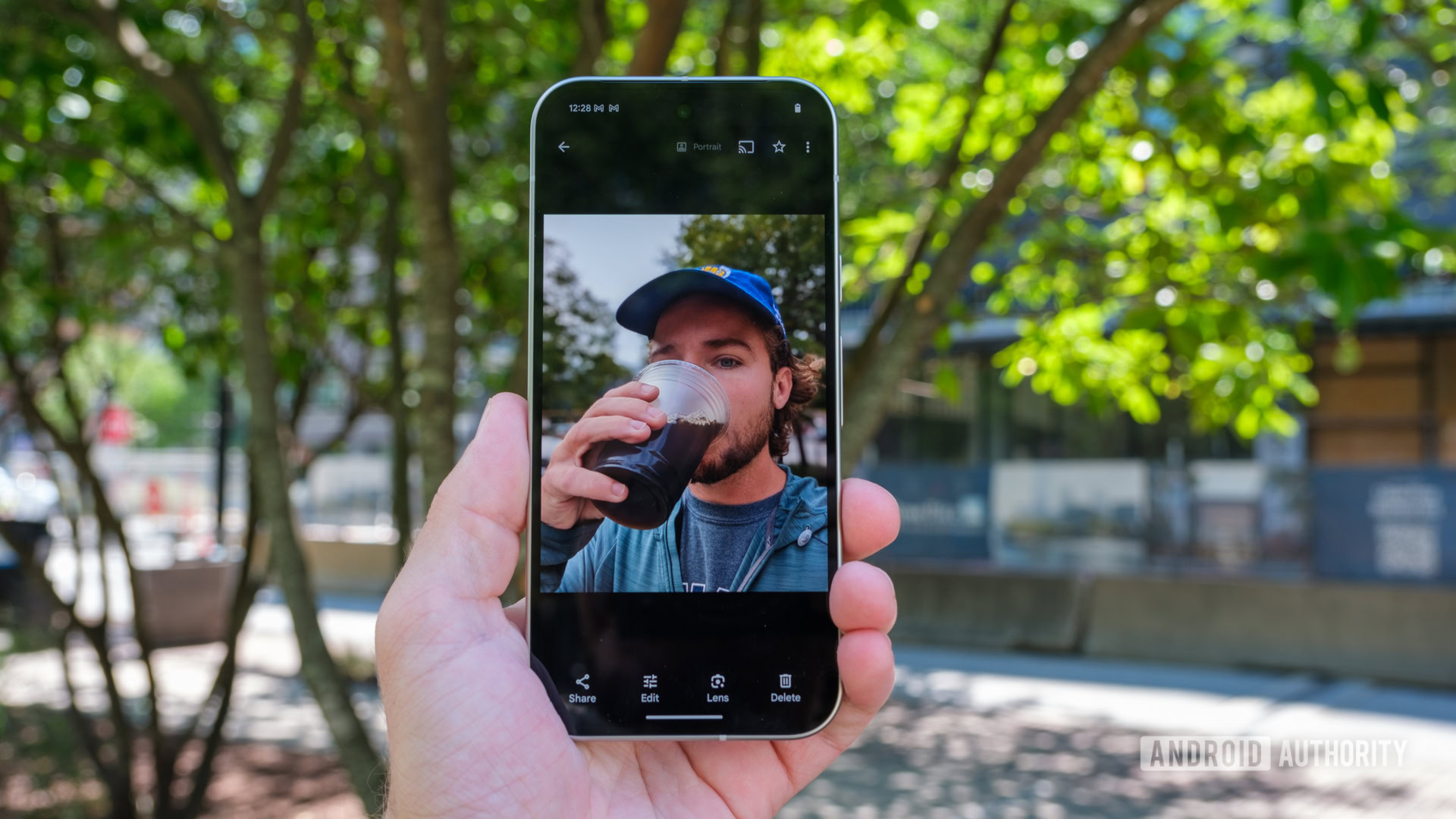
However, between the processing speed, the need to use Light’s Lumen app for many adjustments, and wildly inconsistent results, reviewers had plenty to moan about. Toss in poor low-light performance and the lack of video support at launch, and you’ve got a multi-lens disappointment.
Surely software updates will improve the Light L16 over time, but the initial results must serve as a warning to Android OEMs — simply adding more cameras might create more problems than they solve.
In any event, HUAWEI showed you can get fantastic results out of triple camera setups. It seems like three cameras, covering all three major perspectives, might be the sweet spot for flagships in 2019. In fact, the latest rumors suggest the Samsung Galaxy S10 will adopt the layout next year.
Are quad-camera phones a step too far? Give us your answer in the comments section!
NEXT: The #phonepocalypse is over, here are the highlights from October launches